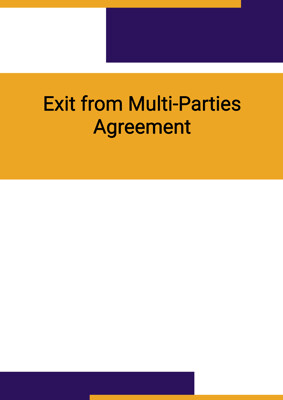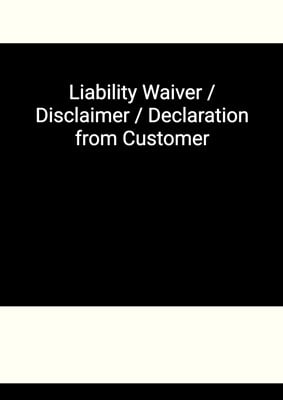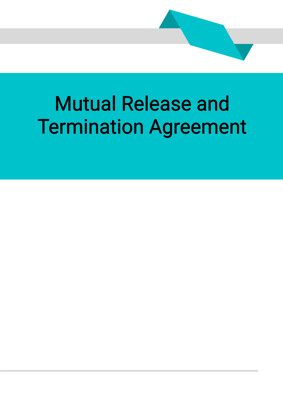How to Tailor the Document for Your Need?
01
Create Document
Fill in the details of the parties. You can click the "Fill with Member’s Information" button to complete it with information saved to your account.
02
Fill Information
Please fill in any additional information by following the step-by-step guide on the left hand side of the preview document and click the "Next" button.
03
Get Document
When you are done, click the "Get Document" button and you can download the document in Word or PDF format.
04
Review Document
The document should be signed by the authorised signatory (or directors of a company) and witnessed to complete the formality.
Document Preview
Document Description
The 'Letter of Indemnity to Financial Institution' is a document that serves as a written agreement between the account holder and the financial institution. It is used to indemnify the financial institution against any risks or liabilities that may arise from accepting faxed or emailed instructions from the account holder without requiring written confirmation.
The document starts with a formal salutation and addresses the financial institution. It includes the date of the letter and the account holder's information, such as the account name and number. The purpose of the letter is clearly stated, which is to indemnify the financial institution for accepting faxed or emailed instructions.
The first section of the letter provides an introduction to the purpose of the letter and acknowledges the risks involved in accepting faxed or emailed instructions. It mentions an 'important notice' that has been explained to the account holder by the company. The account holder confirms their understanding and agreement to the notice.
The second section authorizes the financial institution to act on or rely upon any faxed or emailed instructions that they believe emanate from the account holder or comply with the terms of the mandate for the account. The financial institution is not obligated to verify the identity of the person giving the instructions or the authenticity of any signature on the faxed instructions.
The third section states that any transaction or service effected based on the faxed or emailed instructions will be binding upon the account holder, whether made with or without their authority, knowledge, or consent. This includes transactions like buying or selling securities, withdrawing or transferring funds, or changing the account's address.
The fourth section is a commitment by the account holder to indemnify and save the financial institution harmless from any actions, proceedings, claims, loss, damage, costs, and expenses that may arise from accepting faxed or emailed instructions and acting on them. The liabilities of each party are joint and several.
The letter concludes with spaces for the account holder's signature, the date of signing, and the name and signature of a witness.
In summary, the 'Letter of Indemnity to Financial Institution' is an important document that protects the financial institution from risks associated with accepting faxed or emailed instructions. It clearly outlines the account holder's understanding of the risks, authorizes the financial institution to act on such instructions, and commits the account holder to indemnify the financial institution against any liabilities.
How to use this document?
To use the 'Letter of Indemnity to Financial Institution', follow these steps:
1. Read and understand the entire letter, including the 'important notice' mentioned in the first section. Make sure you are aware of the risks involved in giving instructions by email or fax.
2. Fill in the recipient's information, including the name of the financial institution and their address. Make sure the information is accurate and up to date.
3. Specify the account name and account number in the relevant section. This ensures that the letter applies to the correct account(s).
4. Sign and date the letter at the designated space. This indicates your agreement to the terms and conditions stated in the letter.
5. Have a witness sign the letter and provide their name. This adds validity to the document.
6. Keep a copy of the signed letter for your records.
It is important to note that by using this letter, you are authorizing the financial institution to act on faxed or emailed instructions without requiring written confirmation. You should only use this letter if you fully understand and accept the risks involved. If you have any doubts or concerns, it is recommended to seek legal advice before proceeding.
Not the right document?
Don’t worry, we have thousands of documents for you to choose from:

















